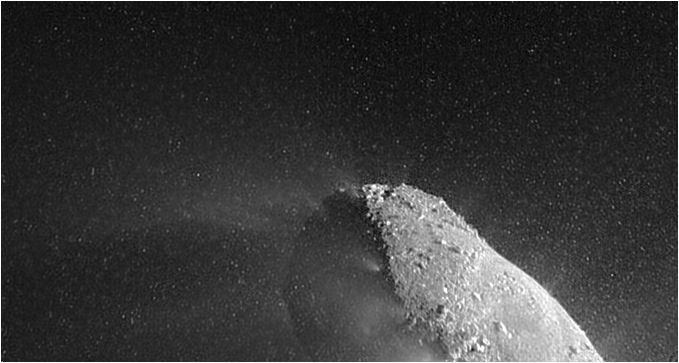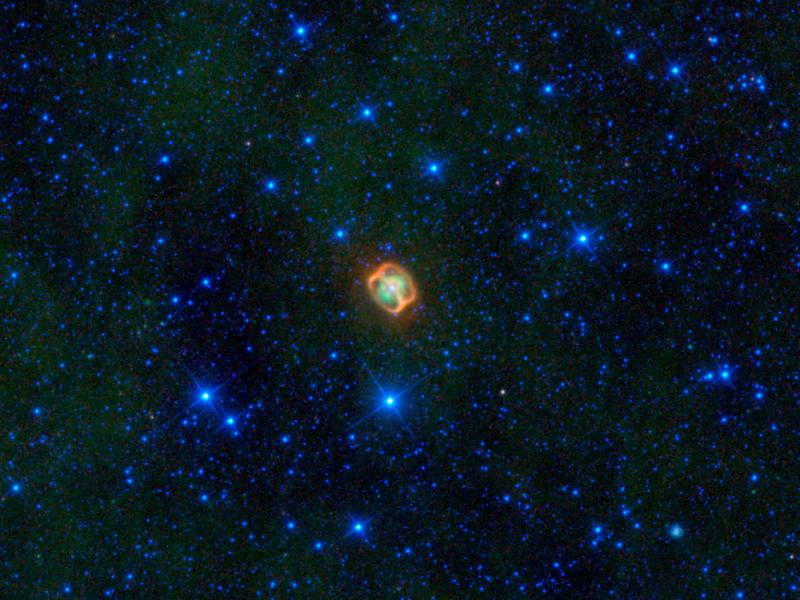
© AP Photo/CERNPhoto released by CERN on Thursday, Nov 18, 2010 shows an image taken by the ALPHA annihilation detector showing untrapped antihydrogen atoms annihilating on the inner surface of the ALPHA trap.
Scientists claimed a breakthrough Thursday toward solving one of the biggest riddles of physics, trapping an "anti-atom" for the first time in a quest to understand what happened to all the antimatter that has vanished since the Big Bang.
An international team of physicists at the European Organization for Nuclear Research, or CERN, managed to keep atoms of anti-hydrogen from disappearing long enough to demonstrate that they can be studied in the lab.
"For us it's a big breakthrough because it means we can take the next step, which is to try to compare matter and antimatter," the team's spokesman, American scientist Jeffrey Hangst, told The Associated Press on Thursday.
"This field is 20 years old and has been making incremental progress toward exactly this all along the way," he added. "We really think that this was the most difficult step."
Researchers have puzzled for decades over why antimatter seems to have disappeared from the universe.
Theory posits that matter and its opposite, antimatter - both are defined as having mass and taking up space - were created in equal amounts at the moment of the Big Bang, which spawned the universe some 13.7 billion years ago. While matter went on to become the building block of everything that exists, antimatter has all but disappeared except in the lab.



